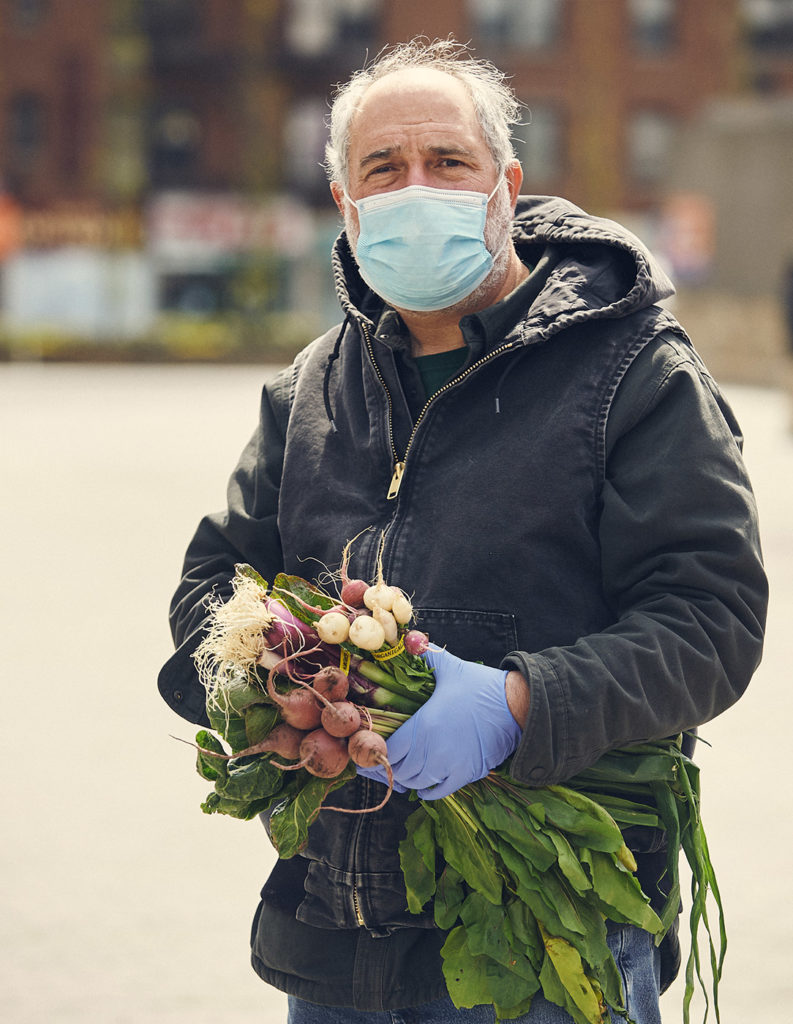
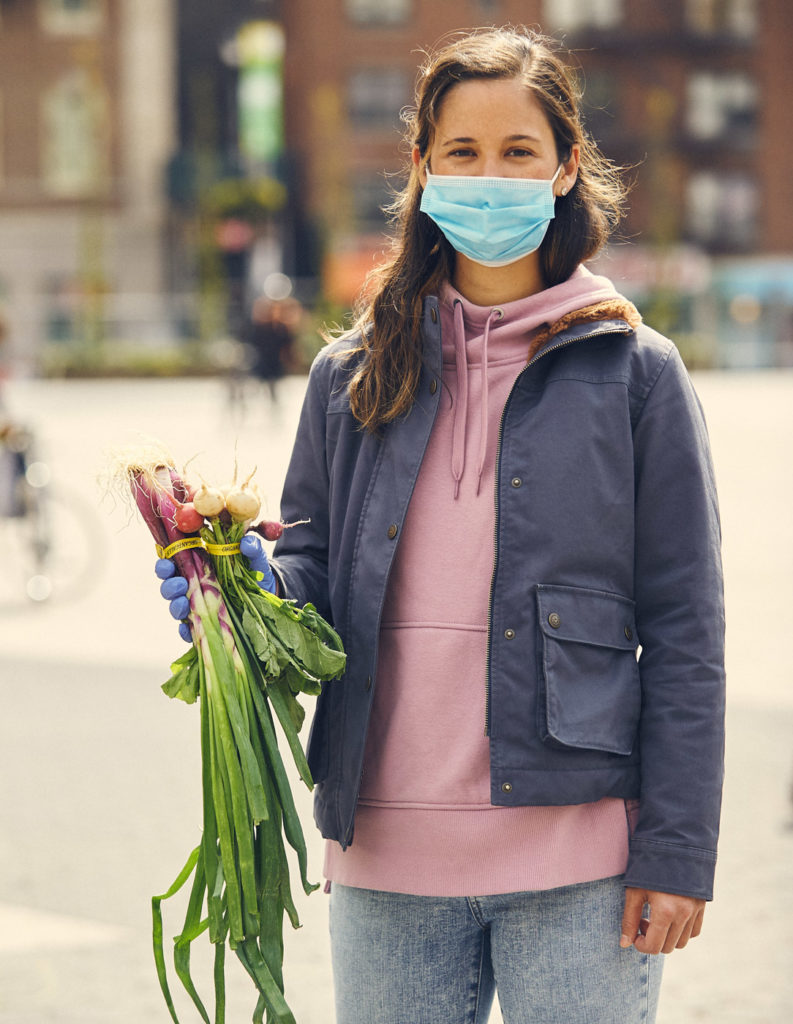
New York City — April 24, 2020
The Farmer and The Chef
In New York, the professional partnership between farmer Zaid Kurdieh of Norwich Meadows and Chef Suzanne Cupps of 232 Bleecker is a model of mutual support during the COVID-19 crisis.
By Stef Ferrari
Photography by Jon Vachon
It’s a Friday evening around five p.m. when I speak with farmer Zaid Kurdieh of New York’s Norwich Meadows Farm. It’s been a sunny spring day, the kind most New Yorkers dream about during the toughest moments of winter—when parks fill with people, dining tables show up on sidewalks, and the best produce starts making appearances on plates all over town.
It’s also the time of year, Kurdieh is “normally on the farm, getting ready for the season.” The plan was that he and his team would be planting what they will harvest in the fall. But then the novel coronavirus hit.
Instead, parks remain empty, restaurant doors are now closed, and Kurdieh is speaking to me from his car, not his fields. When he calls me from the Lincoln Tunnel en route to a motel in New Jersey to spend the night, his voice is weary from a very long day. “With what’s going on now, a bunch of my staff decided it’s too dangerous to work,” he says. So in place of the staff that would normally man the booth, he was up early this morning to make the four-and-a-half-hour trip to the New York City Union Square Greenmarket himself. Now it’s getting too late to make the return without rest.
I’m curious if this journey is worth it, given the precipitous drop in market attendance as a result of social distancing measures. But his top concern right now isn’t numbers—it’s people. “We have customers who literally depend on us, so it’s not easy, but you need to have some continuity,” he says. Kurdieh says he has clientele who have relied on his produce to feed their families for years, and to whom he now feels a responsibility. “Everything we do is about risk; right now it’s borderline duty,” he says. “It’s beyond the commercial relationship.”

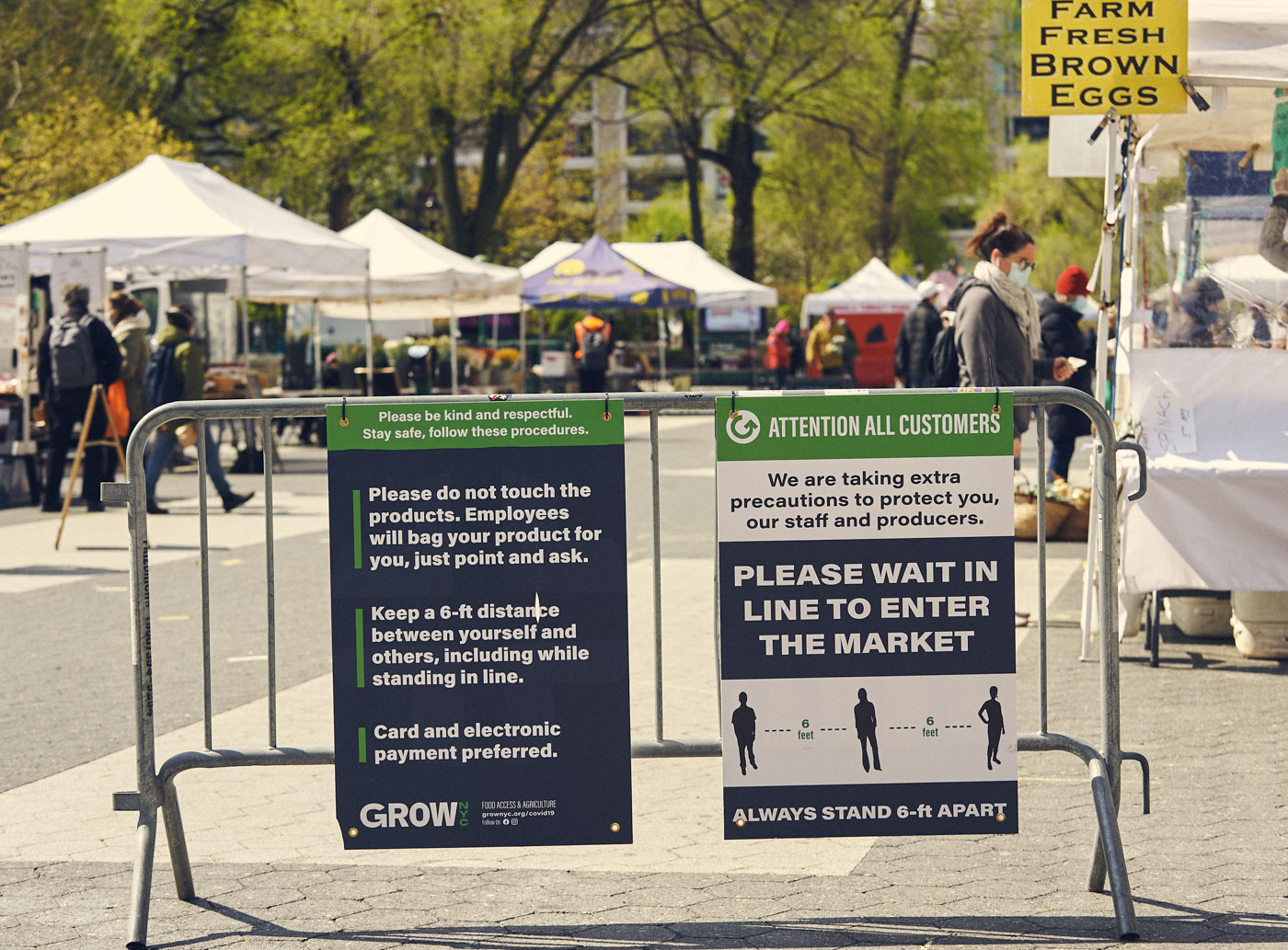
Kurdieh has been serving New York communities for more than two decades. But he wasn’t born to a farming legacy—he dreamed of it. “Ever since I was a kid, I liked playing in the dirt. Farming, [and] feeding people have always appealed to me,” he says. After going to school for agriculture and earning a master’s degree in business administration, he worked for the USDA and then Cornell University before starting his own farm with his wife, Haifa. The couple first began in their backyard, then expanded over twenty-two years to occupy 230 acres, on which they now grow more than 1,500 varieties of fruits and vegetables.
But it was about ten years ago that the business saw a critical shift in its core clientele. Chef Michael Anthony of Gramercy Tavern, then a regular customer at the market, began purchasing from Kurdieh for the restaurant as well. “Since then, we’ve worked very closely with a lot of chefs,” Kurdieh says. That niche customer base became the driving force behind the farm’s exponential growth. After accounts like Gramercy Tavern and Blue Hill began touting use of Norwich Meadows produce, Kurdieh says it “kind of led to the explosion” of referrals through a chef network.
That network informed not only for whom, but what Norwich Meadows grows. “When you deal with the likes of Dan Barber [of Blue Hill] and Per Se, they want all that ‘weird stuff,’ so to speak,” by which Kurdieh means specialty vegetables and unusual varieties bred for flavor, which push the boundaries and diversity of the restaurant’s offerings and give chefs a broader palette from which to pull.
As a New Yorker who very much appreciates the city’s vibrant, vegetable-forward dining spots, I’d been familiar with Kurdieh’s products long before I had a chance to chat with him. These days, his produce features on many of the city’s most celebrated menus. My most recent experience was in January at 232 Bleecker. The restaurant—Dig Food Group’s first full-service venture that opened on December 16, 2019—was vibrant and lively when I placed my order. I was thrilled by the range and depth of flavors given the subtlety and restraint of each dish. It was a study in the power of a single piece of produce to speak volumes, and a testament to a creative process that respected each and every ingredient’s voice. When I met Chef Suzanne Cupps that evening, I understood. After only a few minutes with her, it became apparent that her culinary fingerprint as a chef was to minimize evidence of her work at all.
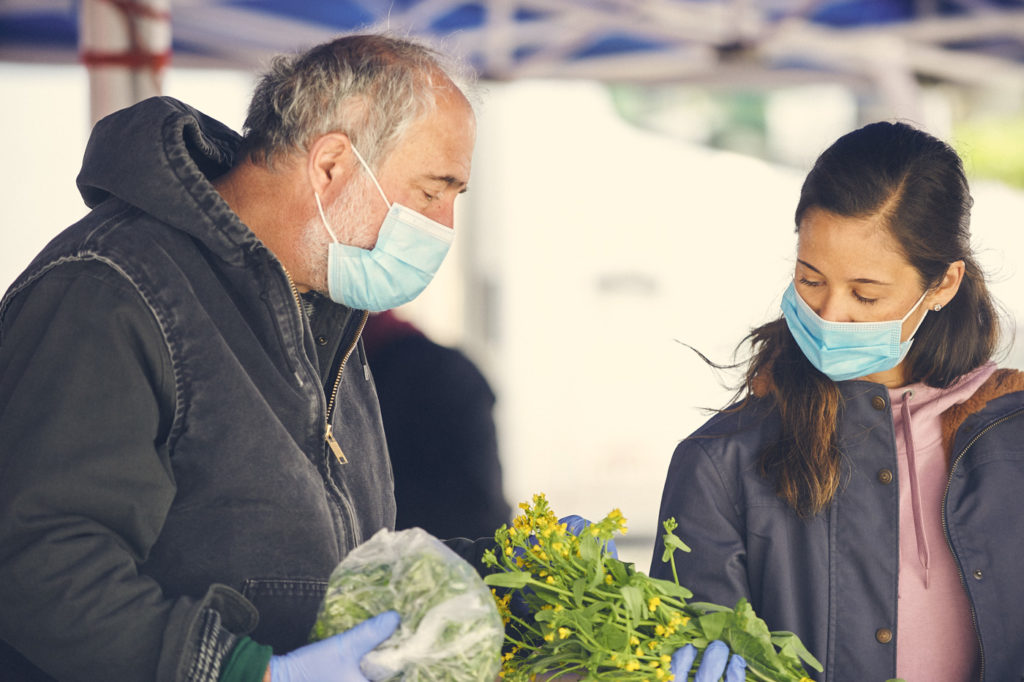
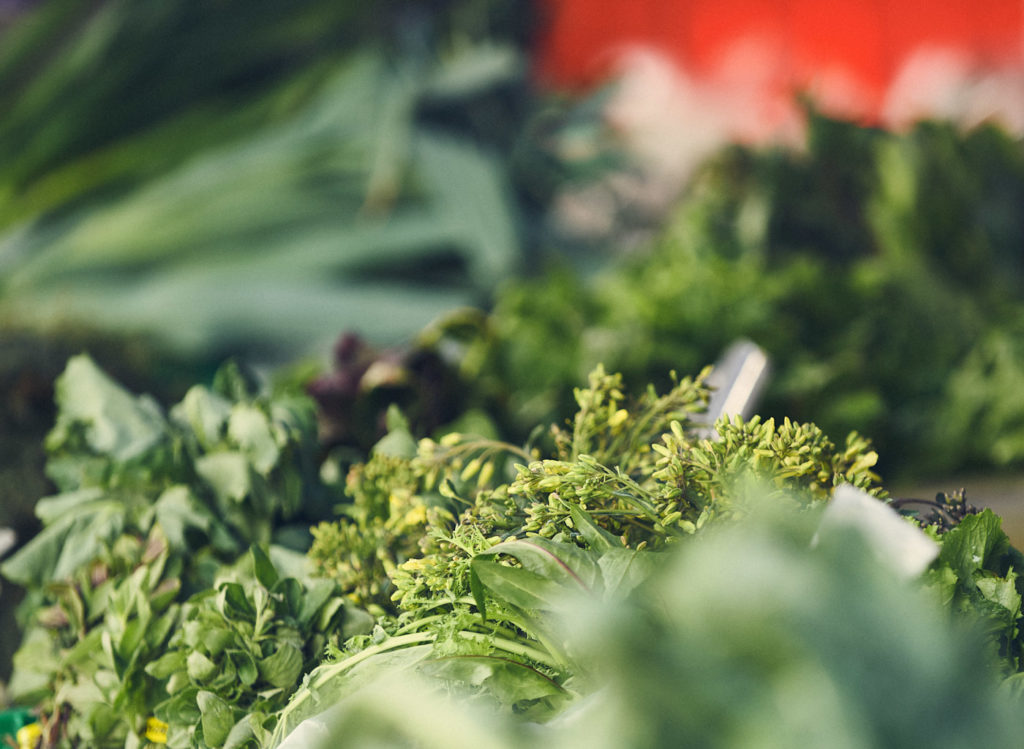
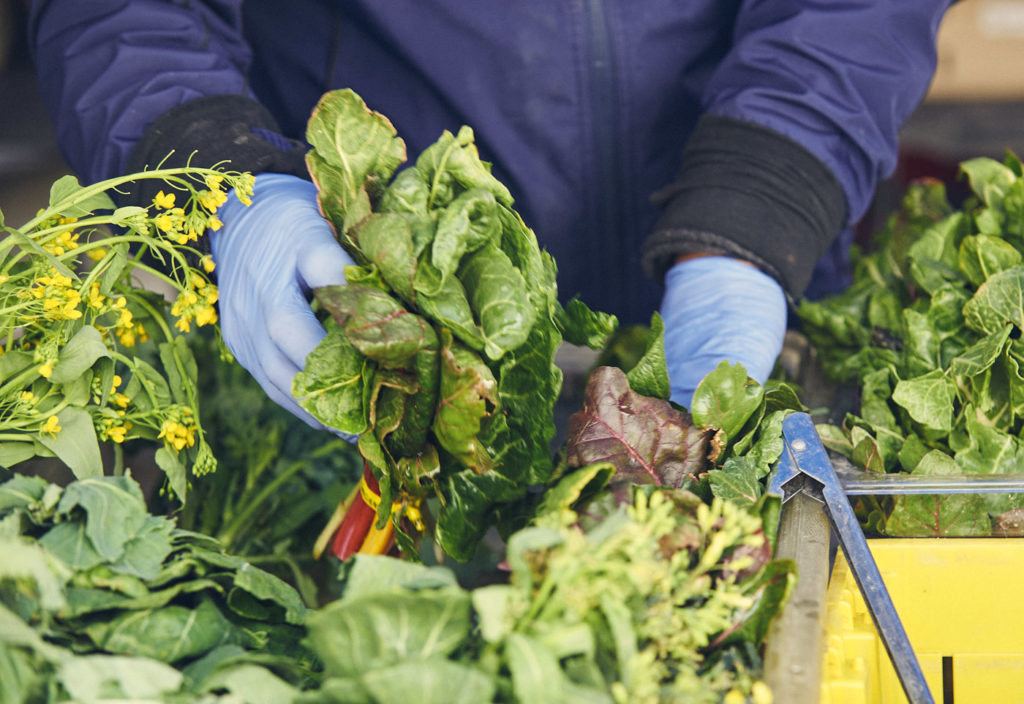

Cupps, after cutting her own teeth at Gramercy Tavern, went on to be the first female executive chef in Union Square Hospitality Group, helming Untitled at The Whitney Museum before taking her post at 232 Bleecker. She says her preparations these days, however, are rooted in a simple idea: to minimize manipulation as much as possible. “These farmers grow things that are so delicious and so special that as a chef, I feel it’s my job to keep that integrity, and to show off what they’ve done,” she says.
When she talked about dishes like the kohlrabi and daikon salad with goat feta and mint vinaigrette, or a grilled monkfish with caraflex cabbage and habanada pepper jam—which prominently and proudly feature Norwich Meadows’ produce—her passion was evident, her awe contagious. But while I peppered her with questions about technique and ingredients, Cupps continually directed the conversation back to their farmers, and what makes each so special. Her point was well taken.
When I speak with Cupps again in March of this year, it’s under very different circumstances. “It was almost three months to the date that we had opened to the public when we closed,” she tells me by phone; in-person interviews are temporarily a thing of the past. Prior to the shut-down, the 232 Bleecker team had been in the process of planning to launch lunch and brunch services, and planning new menu items. “It was a very different idea of how to think about food,” she says. “Now we’ve shifted to thinking about food because people just need to eat. People are laid off, and it’s still a necessity to cook and to feed.”
For all the differences in our conversation though, Cupps’ passion for her farmers is as vigorous as ever. It’s what initially drew her to the 232 Bleecker project. “The number one thing that attracted me to Dig Food Group was their parallel thinking about sourcing, ingredients, farmers, and those relationships,” she says. And it’s on those relationships that the restaurant was built. “All these farmers have been knit into our DNA,” she says. “232 Bleecker would not be what it is without purchasing from these folks.”
Cupps describes the relationship with a farm under ordinary conditions, in which the farmer and chef share in the menu’s planning. Prior to the shutdown, Cupps and Kurdieh were looking ahead together. “We sat down maybe a month ago and crop-planned with them,” Cupps says. This model is not the norm for many restaurants who simply select from a predetermined list of ingredients or distributor catalog, but the arrangement allows both restaurant and farm to be more deliberate. That means not just more creativity in the kitchen, but less waste at the farm level.
Restaurant reverence for produce has been highlighted in recent years under terms that now feel more like marketing catch phrases than actual philosophy, like “farm-to-table” or “vegetable-driven.” But Cupps is interested as much in the human element as she is in a designer piece of produce, and what has become evident since COVID-19 put a stop to culinary collaboration, is that the interdependence between chef and farmer is about far more than what’s on the plate. It extends to the community and economics of the food industry. Restaurants, Kurdieh tells me, are “in the neighborhood of sixty percent” of his business. “I rely on the restaurants.”
Now, crop-planning is effectively out of the question and restaurants are all but closed. But chefs like Cupps are pledging to ride it out with their farm partners. “We’re committed to continuing to buy from them when we re-open, however that looks,” she says. Given the uncertain timeline, she notes that her own purchasing power will be in question, and certain items might be outside her price range. “I don’t know if I’ll be able to afford [those specialty ingredients],” she says, adding that they may need to adapt by purchasing more cost-effective offerings at least initially.
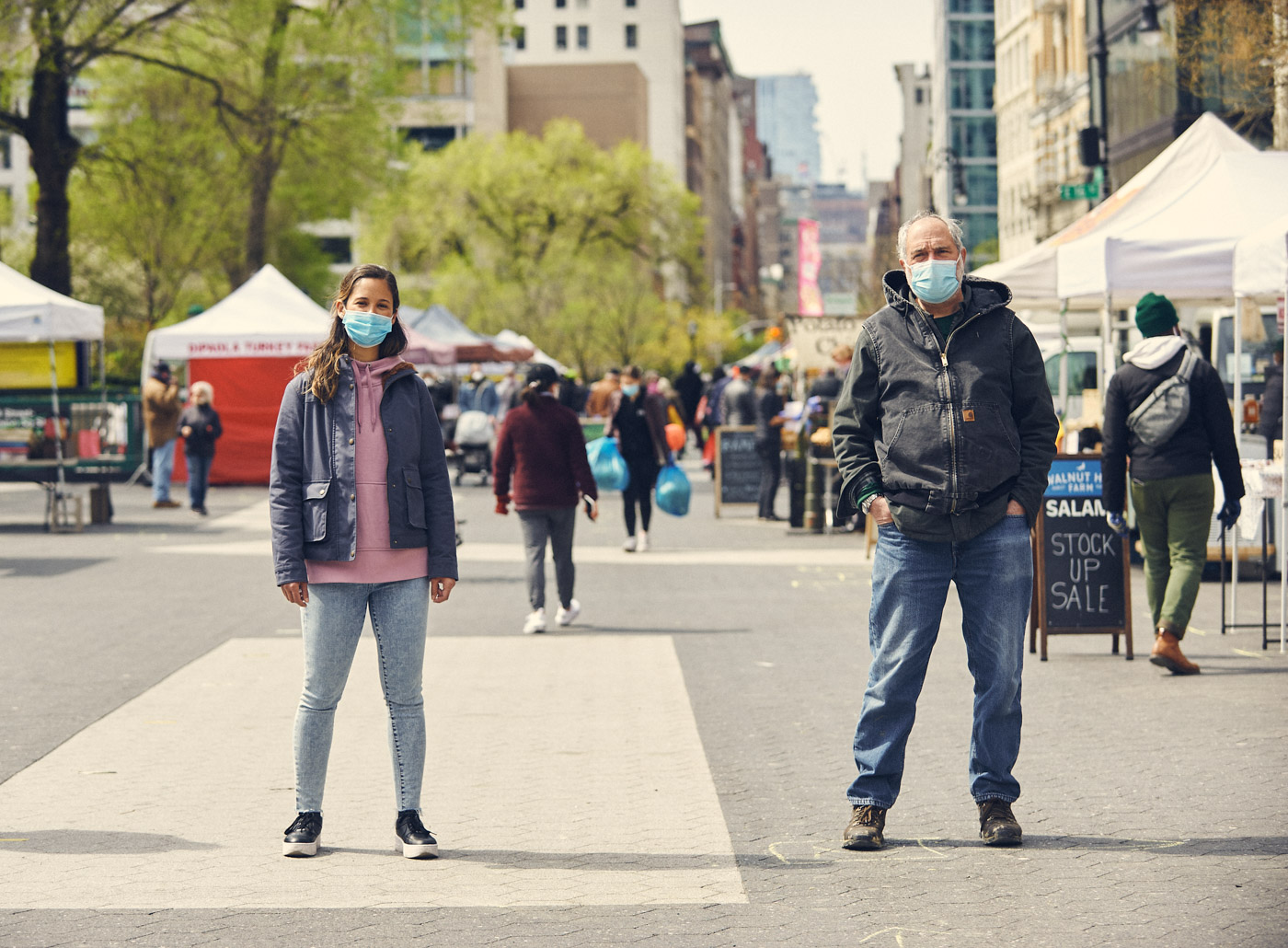
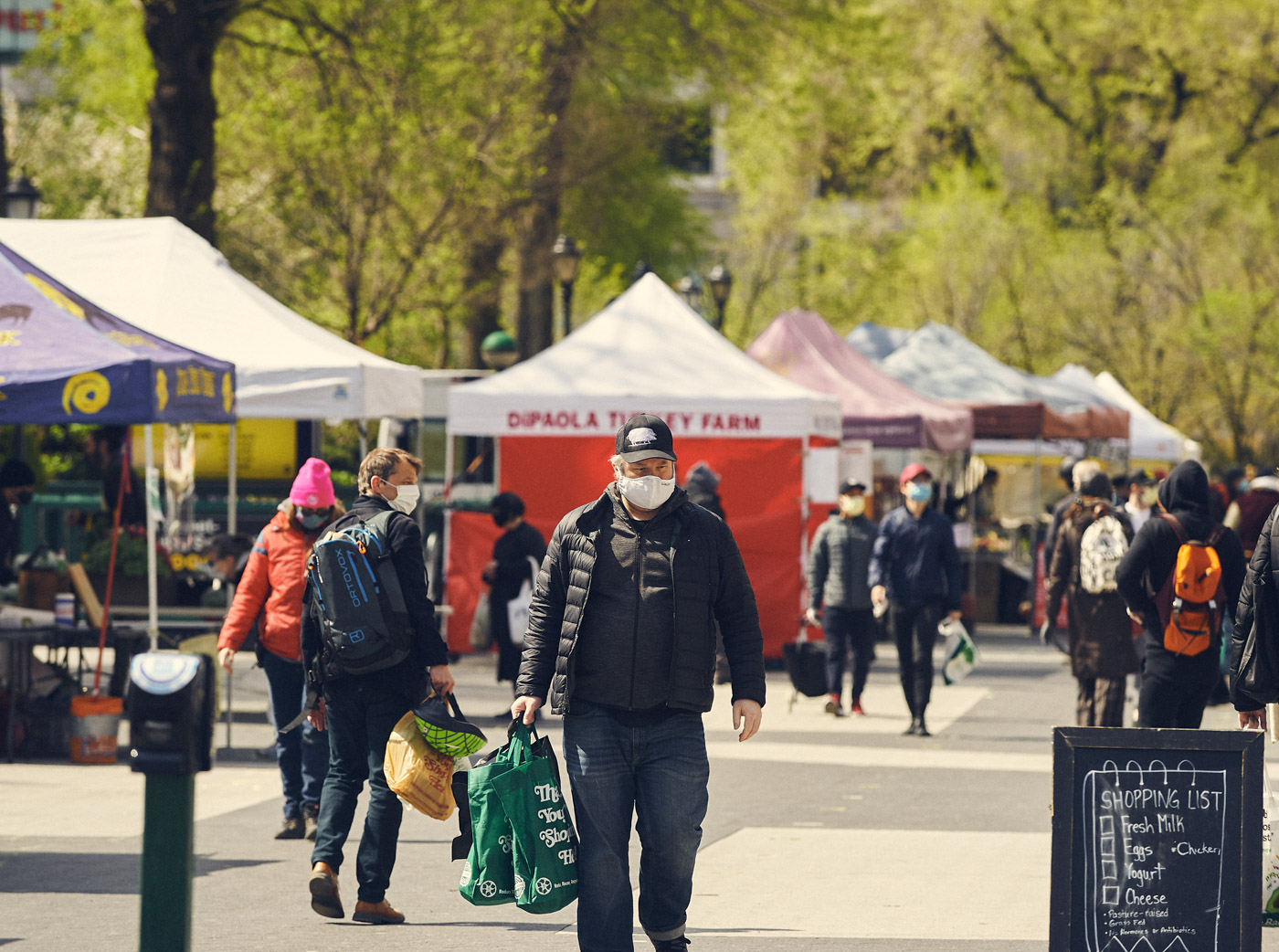
This is a reality for which Kurdieh is preparing. “A lot of these restaurants are probably going to have massive losses, so it will affect how they purchase,” he says, and his alternate revenue streams have taken a hit as well. After the restaurants began closing their doors, his farm lost business from major distributors, like New York City’s Baldor Food. “Prior to this crash, [Baldor] was buying in the neighborhood of $3,000 to $5,000 per week—that’s a significant portion of our income.” He explains that Baldor is now experimenting with home deliveries to supplement their own losses, which he hopes will help make up for some of his lost revenue as well. “They’re going to start marketing some [Community Supported Agriculture] boxes and we’re going to start packing for retail for them because they’re doing some deliveries, and hopefully [sales will] ramp up.”
Cash flow concerns back on the farm are a ticking clock when it comes to Kurdieh’s workforce. “I have nineteen guys that are working and I’m going to run out of money at some point,” he says, and the return on investment for that labor may not reliably materialize.
In the immediate future, Kurdieh must continue to make decisions on the fly. “We’re starting to adjust our cropping plans based on what we think might happen. I’m hoping that by fall, or by winter, we’ll be up and running at normal,” he says. “We’re pushing off a lot of our planting, but we’re hedging our bets.” He says he’s cut down planting by about forty percent. “If I start hearing that things might lift sooner, we’ll react accordingly. But right now it’s day to day,” he says.
In the meantime, the crisis may be an opportunity to evaluate the long-term needs of the agriculture industry. Kurdieh says most of what impacts farm policy has long been informed by big agriculture corporations, and when it comes to lobbying and advocacy, Kurdieh says of farmers, “we’re not very politically sophisticated as a general rule.”
It’s understandable, given that many farmers typically don’t have the hours to prioritize advocacy, particularly in this moment. “I’ve done political lobbying, [but] right now I’m in save-the-farm mode,” he says. “I am listening to the news, I’m trying to keep up, but my major focus is how I [am] going to make enough money to make payroll and pay my bills. That’s my immediate concern.”
Kurdieh emphasizes that for a sustainable industry both during and after this crisis, small farmers must begin to get an equitable share of consumer attention—and appropriate revenue. “People are used to buying cheap food. And cheap food is responsible for the woes all farmers are in all over the world,” he says. “We need the consumer to understand our plight, and pay us a fair amount. If people are interested in small and medium-sized farms staying afloat, they have to understand this status quo of low prices and government programs that basically keep you on life support.” The current situation demonstrates just how delicate the system is. “Twenty-two years, and it could all be gone like that,” he says.
Globally, farms are facing similar challenges, Kurdieh says. “It’s very low margins; the profits aren’t there. Every other year there’s some kind of catastrophe. Farmers work their behinds off, and we’re a dying breed,” he says. Kurdieh also notes the increasing average age of the U.S. farmer (currently 58 years old). “If something doesn’t drastically change, we’re going to end up with a bunch of factory farms—that’s just the economic reality,” he says.
If diners aren’t clear on the economic realities of farming, they can certainly understand that to be without farms like Kurdieh’s would mean restaurants like 232 Bleecker can’t create the dishes they enjoyed so much. In many ways, Cupps’ work is as much about feeding the general public a meal they can enjoy as it is a chance to emphasize the importance of the farming community to their lives.
Now, without an active restaurant, Cupps is still dedicated to supporting those farmers. “Norwich was asking for volunteers to come and work at the market,” she tells me. Rules at the New York City Greenmarkets have changed as a result of COVID-19, and shoppers are no longer allowed to select and handle their own produce. “It takes people who know their produce to shop for people,” Cupps says. And who better to act as a set of eyes and hands than a chef?
Cupps is not alone in volunteering to support farmers at the markets. “I had under my tent today half of the management crew of the [232 Bleecker],” Kurdieh says. “They’re volunteering at our stands, they’re getting the word out on our new home delivery, and they’re asking us daily, ‘What can we do?’” In some cases, the answer is in the city, in others it’s at the farm itself. When some members of the farm staff feared contracting the virus and stopped coming to work, laid-off and furloughed restaurant chefs and workers made themselves available.
Kurdieh has always considered the hospitality industry his family, which has been evident in the ways he’s helped restaurant employees in return since this crisis began. “Zaid was really passionate about [being able] to feed restaurant employees,” Cupps says. “He offered any cook, any dishwasher, any server, anybody who works with us to come and pick up market produce, which was so generous. [Farmers] still have that service mentality.”
Crop-planning is no longer at the center of their discussions, but the farmer and chef are working together in new ways. Kurdieh says exchanges now revolve around what can be done to help: “Let’s find a kitchen and make meals and distribute them. We’re trying to have conversations that are constructive and result in something.”
Both Cupps and Kurdieh are involved with the Lee Initiative—a restaurant worker relief program— currently operating out of the Brooklyn restaurant, Olmsted. Cupps describes a mutually beneficial partnership with the farm. “[Norwich Meadows] gave us a discount because we’re working on a limited budget, we were able to pay them enough that there’s some revenue coming in for them too,” she says.
In addition to resources and initiatives, Kurdieh and Cupps also share a spirit of family, a philosophy of community first. At 232 Bleecker, Cupps says, “We’ve been able to do a lot that feels not just productive, but like we’re making a difference.” Prior to the full shutdown, the restaurant launched an initiative that lived under the hashtag #strongerwithvegetables. “People need to be healthy right now,” she recalls thinking, “so let’s feed them more vegetables.” Each table that mentioned the hashtag was sent home with a bag of fresh produce—like Kurdieh’s kohlrabi—and a handwritten recipe.
After closing, the restaurant staff was invited to take home any food at the restaurant, as well as paper goods like toilet paper. “They weren’t working anymore, so we were able to take care of them for another week or so,” Cupps says. Outside its own team, 232 Bleecker made donations as well: stockpiles of latex gloves to hospitals, produce to a local fire department.
Both farm and restaurant now share concerns in terms of remaining relevant to their communities. “We’re trying to stay connected,” Cupps says. The restaurant has been sending out a regular newsletter with recipes, and Kurdieh’s products are available in New York City thanks to new drop-off efforts and presence at the Greenmarket. “We’re ramping up to do home deliveries. We’re looking at what do we do, how do we stay relevant?” he says.
Staying connected also means providing emotional support for people unaccustomed to being alone. In recent years, more attention has been placed on the emotional health of hospitality workers, and under the current circumstances Cupps feels it’s critical to continue communicating with staff members and providing emotional support. “With my team, it’s not just emails, but trying to call and check in with people and make sure they’re doing okay mentally,” she says.
That concern extends to the farming community, which has suffered devastation in terms of mental health long before COVID-19 was a common term. “I’m very glad the markets stayed open,” she continues. By having limited access to their customers and potentially losing or wasting their products, she says, “I do think farmers were isolated, and not able to see people who support them.”
The collaboration between restaurant and farm may be addressing much different needs these days, but it is strong and critical as it is during better days. Kurdieh says, “We’re sharing in [restaurants’] pain now. It’s a very, very sad situation. I can’t imagine. At least I’m open and operating. I can’t imagine how all of a sudden you’re just completely shut down.”
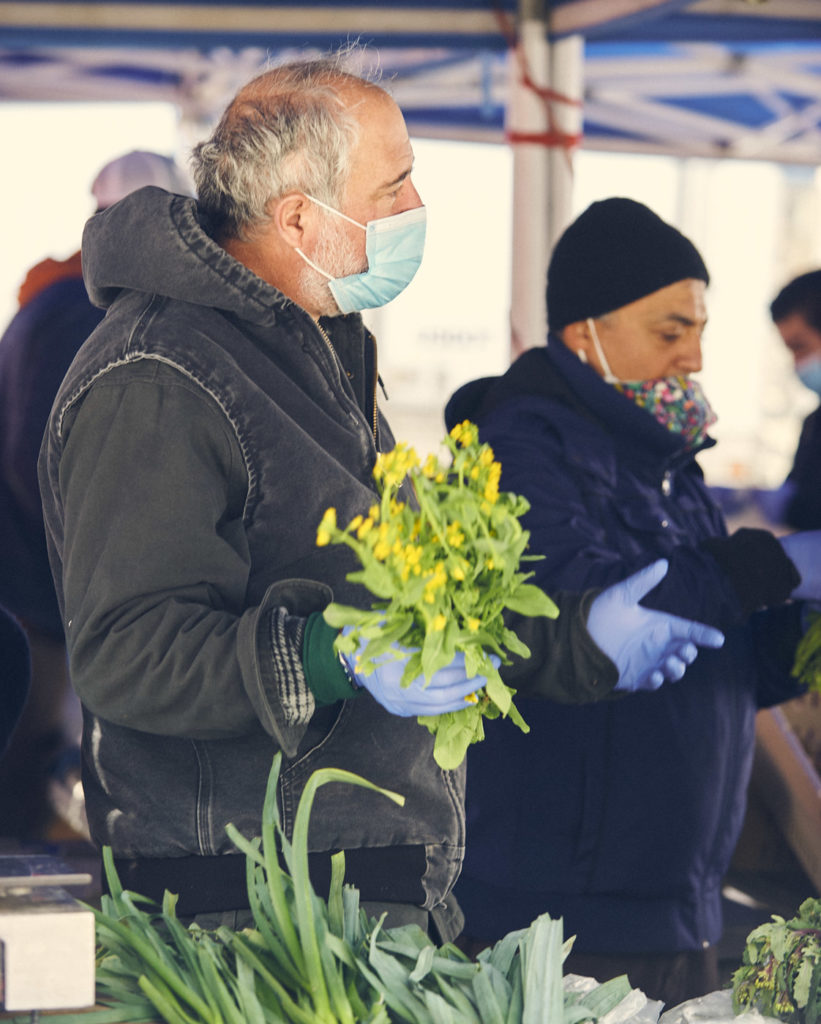
And that sense of empathy goes both ways. “[Farms] are small business owners too, and they’re working with perishable products,” Cupps says. “At least at the restaurant level, there’s not much left in our walk-ins, but we’re able to keep non-perishables and things like wine, which is a huge inventory.” Cupps recognizes how this will affect her farmers. “It’s going to be a long-term process, not just for restaurants. For farmers, it’s going to be even longer,” she says.
Whether the long road leads to Bleecker Street in the West Village, a sprawling farm upstate, or to the front doors belonging to members of their communities, the two-way street of Kurdieh and Cupps’ partnership demonstrates that strength comes in banding together, no matter how rough the terrain.
When Kurdieh describes his relationships with chefs, it sounds like an old fashioned one—the kind in which humans interact directly with one another and discuss their real needs, including quality product on one side, appropriate compensation and support on the other. One that, no matter how extraordinary the circumstances, is based on history and human interaction, admiration and care—as well as hope for the future.
“I’m optimistic,” says Kurdieh before we end our call so he can continue his journey. “If you’re a farmer, you’ve got to be optimistic.” And envisioning more partnerships between people like Kurdieh and Cupps can give us all something to look forward to.






Our comments section is for members only.
Join today to gain exclusive access.